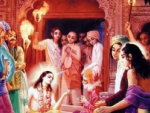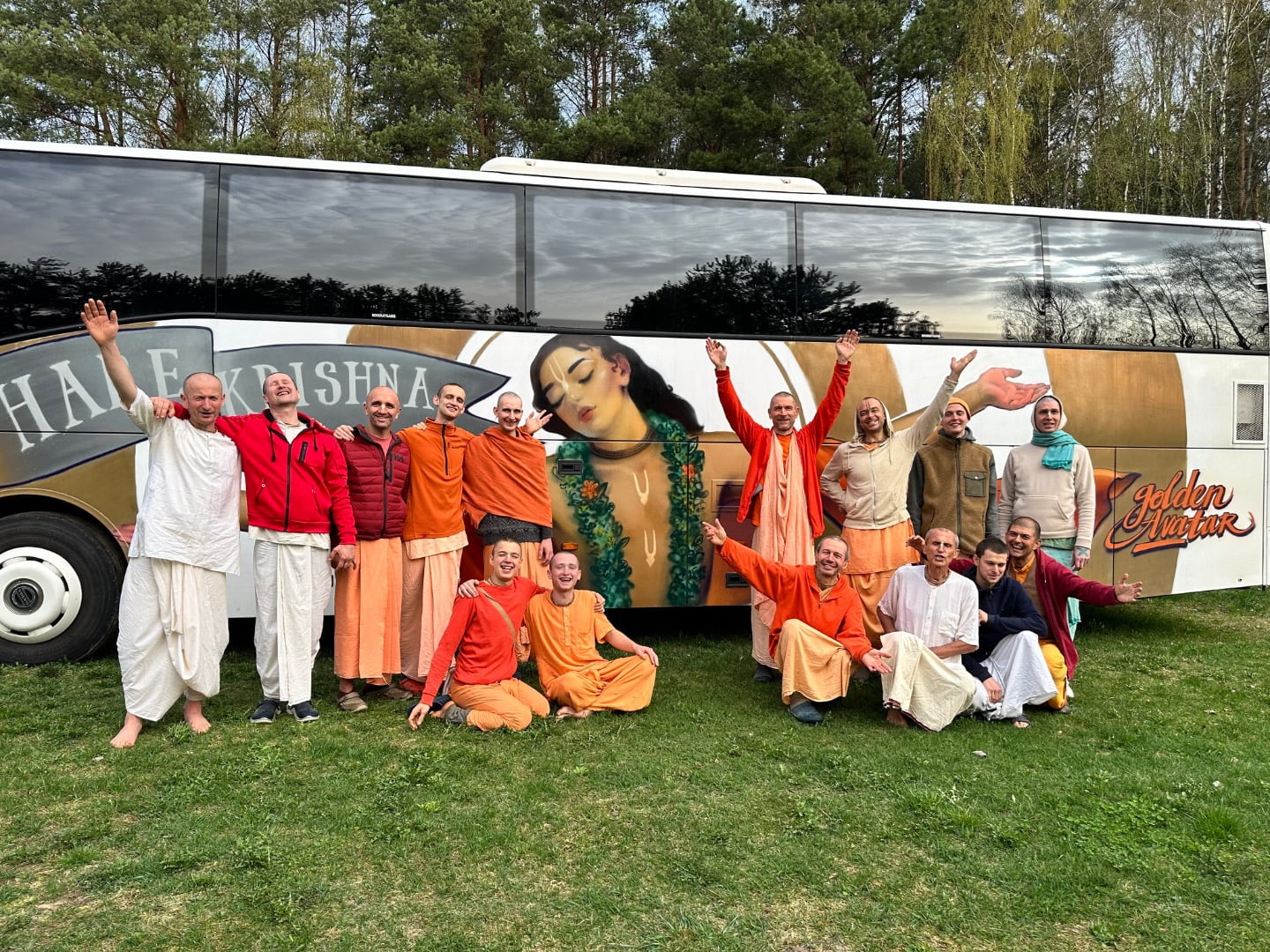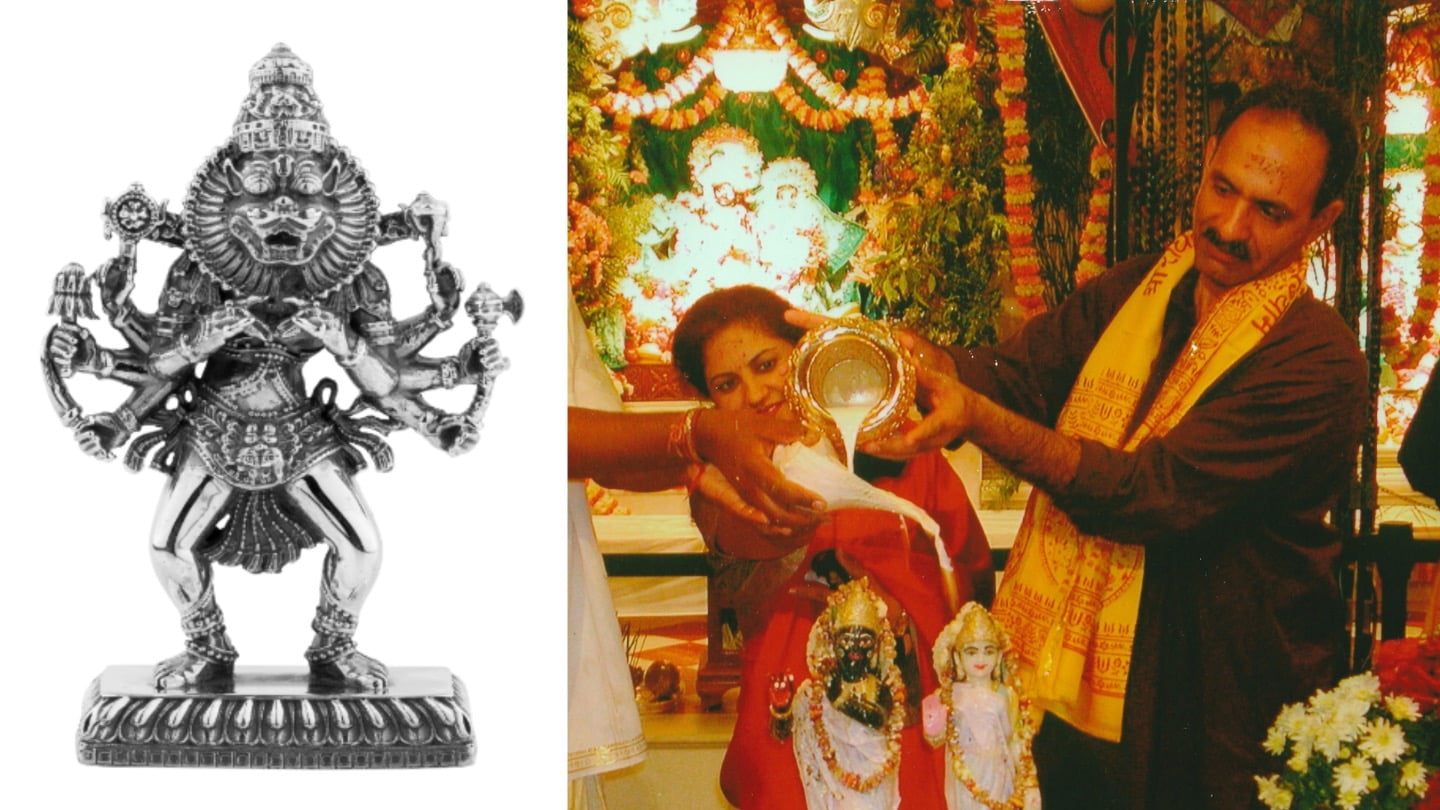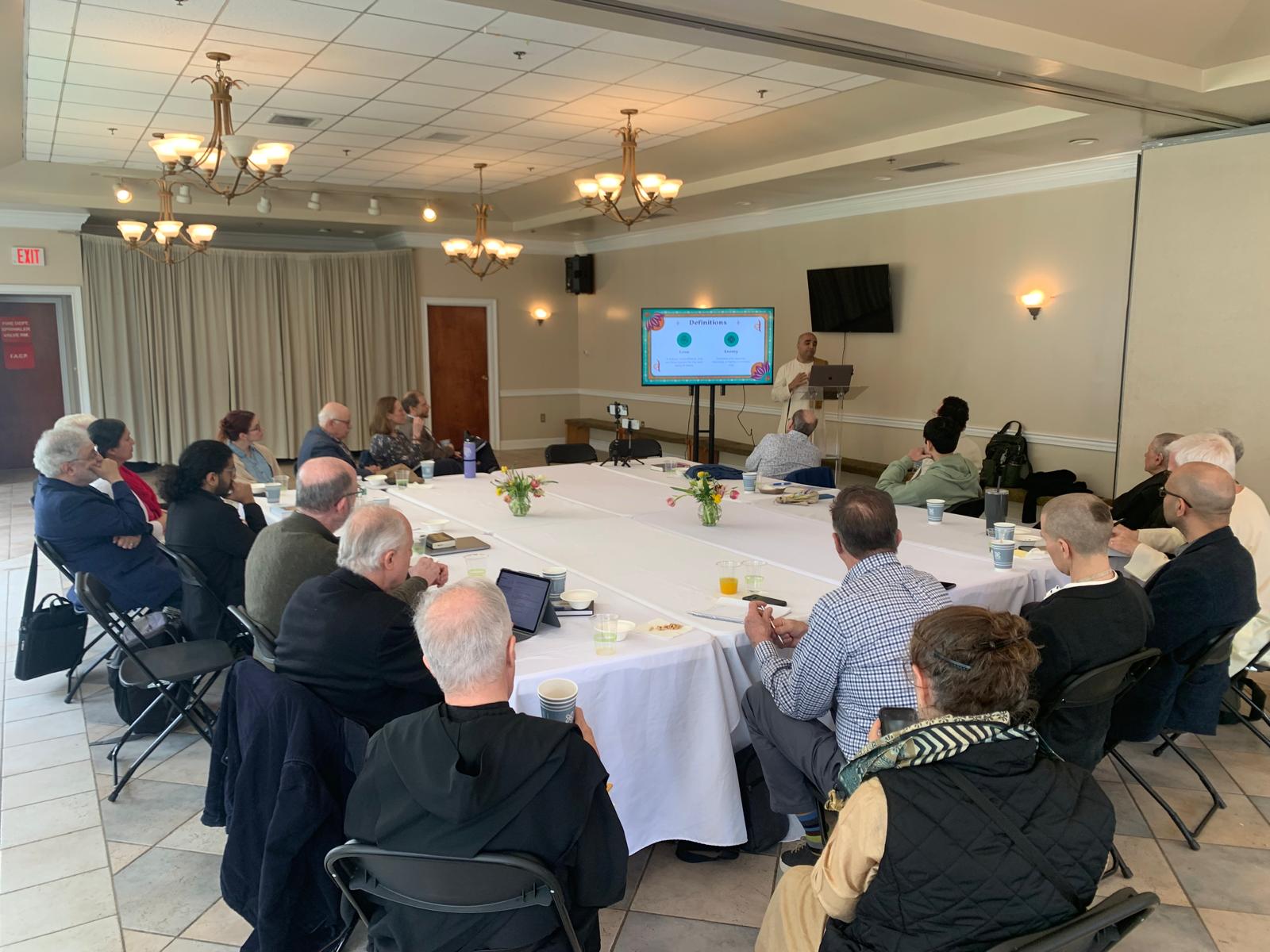Nasty Rebels and Nice Revolutionaries
By Keshava Krsna dasa | Jun 12, 2010

When young minds get crammed with religious bigotry or extreme ideology interpreted to induce hatred in others, whom they see as hell-bound heathens, pagans and infidels, even though it may be cordially disguised with social niceties, does this not have the potential to desensitize? Indeed, it can whip up frenzied protests and create fiery intolerance!
The democratic process allows everyone to disagree with each other without having to go to war, however, so such prejudices cause their adherents to move to the fringes of society to form non-conformist allegiances which are zealously blood red or chillingly blue along the political scale.
When such extremists utilize heathen, pagan and infidel tools of society such as capital, communications, technology and timing, through power, rank and file, to unleash spectacularly dreadful 911’s, Arkansas, Bali, Chechnya, and Mombasa outrages, they cause the governments of the world to close ranks and trade freedom for security.
Although they claim to be genuine freedom fighters, religious reformers, martyrs, liberation icons or revolutionaries, do they have truly indisputable grievances?
To begin with, they – like all of us – are born into sammoham (delusion), bewildered by dualities like desire and hate (Bhagavad Gita 7.27). Such radicals exemplify Srimad Bhagavatam’s description of modern people: “O learned one, in this age of Kali, men have but short lives. They are quarrelsome, lazy, misguided and above all, always disturbed” (1.1.10).
Clearly they have legitimate concerns as does everybody else who are weighed down mightily by these negatives which produce – bhayam – fear. People are surrounded by fear stalking as disturbed intolerance.
Whereas disturbed persons are normally confined to institutions, those adept at making their disturbances acceptable to sympathizers become despots through vox-populi, and make life intolerable for others. “Following such conclusions, the demoniac, who are lost to themselves and who have no intelligence, engage in horrible unbeneficial works meant to destroy the world” (Bhagavad Gita 16.9). Just consider Adolf Hitler.
An objection may be raised here. “This is an unfair analysis. Why should I lump in “demons” with those who fight, or who have fought against oppressive systems such as apartheid, communism, ruthless military regimes, mogul and British occupation in India and so forth? Surely, these were legitimate struggles?”
After all, Krishna consciousness is practiced independently. Srila Bhaktivinoda Thakur worked for the detested British system in court, but did not let this hinder his spiritual life. Srila Prabhupada as a young man was allied to the Gandhi cause when he first met his spiritual master Srila Bhaktisiddhanta Sarasvati Thakur. He conjectured that perhaps the British should first leave India so that her spiritual glories could bask in independence. Srila Bhaktisiddhanta, however, reasoned that Krishna consciousness was so urgent that it could not wait for any material precedent; he certainly did not advocate political agitation.
One may also cite Lord Chaitanya’s civil disobedience march to the house of Chand Kazi. Was that not political? The rally itself was a fully-fledge street chanting party. The objective was a non-violent protest aimed at nullifying restrictions through reason and argument. Devotees also do this when uncalled for hardship befalls other devotees. The worldwide coordinated protests against Soviet persecution and for amendments to the American constitution, Kazakhstan and others, stand out as examples.
Srila Prabhupada states, “It is not necessary to commit violence to stop the opposition from hindering a movement, for one can kill their demoniac behavior with reason and argument” (Chaitanya Caritamrita, Adi 17.130).
To repulse an oppressor by violent methods requires anger and harshness, which Bhagavad Gita describe as demonic qualities. So aren’t warriors like Arjuna acting as demons when they fight? Furthermore, such extremely passionate activity must result in misery, as mentioned in Bhagavad Gita 14.16.
The simple answer is found in Srimad Bhagavatam 10.29.15. “Persons who constantly direct their lust, anger, fear, protective affection, feeling of impersonal oneness or friendship toward Lord Hari are sure to become absorbed on thought of Him.”
We can surely expect atrocities to always occur in society, for there is a perennial clash of interest between good and evil. History tells how Kamsa committed mass infanticide; Salva indiscriminately bombed Dvaraka with his mystical flying object; Dvivida was a dam buster, arsonist, kidnapper and general nuisance terrorist; Hiranyakasipu sent his supercharged maddened and disturbed cronies to planet earth to destroy the environment and all things connected with Vishnu. Are things really any different today?
Interestingly, the same Hiranyakasipu, the mere movement of whose eyebrow sent shockwaves of fear into the hearts of the demigods, would break into a trembling, fearful rage at the slightest mention of the holy name – Krishna. What does this mean? It means that Krishna and His loving devotees are the absolute nemesis for a demon. Little wonder that such envious minds blaspheme the real religion, as proclaimed in Bhagavad Gita 16.18.
In actuality, the exponents of the real religion – the sadhus, vaishnavas and acharyas – are in fact the real revolutionaries and liberators. Revolutionary because as person bhagavats – representatives of the Srimad Bhagavatam – they preach the glories of the name, fame, forms and pastimes of the Supreme Lord with a view towards bringing about a revolution in the impious lives of the world’s misdirected civilization (Srimad Bhagavatam 1.5.11). They are liberators because they mercifully deliver the people from from the blazing fire of material existence.
Though despised by the envious, the merciful devotees are not envious of anyone. In fact, they are the nicest revolutionaries one could ever meet.
“The symptoms of a sadhu are that he is tolerant, merciful and friendly to all living entities. He has no enemies, he is peaceful, he abides by the scriptures, and all his characteristics are sublime” (Srimad Bhagavatam 3.25.21).
The revolutionary quest of devotees is not fought in trenches of death and filth, or with weapons of mass destruction, but with ‘ISKCON bullets’ like gulab jamun sweet balls. Our samosas are grenades bursting with flavor. The cluster bombs are our puffed rice, flour noodles and other savories. Our puris and chapattis are the cylindrical stealth bombers. Such spiritual prasadam foodstuffs can reach even where the brahmastra nuclear weapon cannot – the soul proper – and help disintegrate all falsehoods.
The ticking time bombs of Srila Prabhupada’s books sit patiently on bookshelves and in attics, awaiting timely detonation to reveal sound truths into the hearts of fortunate victims, and expose the whole sham of nasty rebellious workings of the world.
Just as Arjuna saw all his opponents get crushed in the mouths of the multifarious features within the universal form of the Lord prior to the Kuruksetra war, someone with an acute sense of deja vu will recognize that the effect of the revolutionary efforts of the devotees in manifesting the Golden Age of Sri Chaitanya will manifist in due course, for whatever the Lord predicts has already come to pass.
Even if the trading of freedom for security by contemporary world governments ushers in a new world order which is intolerably regimented and godless, even to the point of prohibiting religious freedom altogether, still the devotees should focus on their true revolution – attaining pure love of God – while changing the world through sharing the wisdom of the Srimad Bhagavatam. A tremendous force is required to do this, one more awesome than nuclear bombs and more rare than plutonium – the force of purity.














